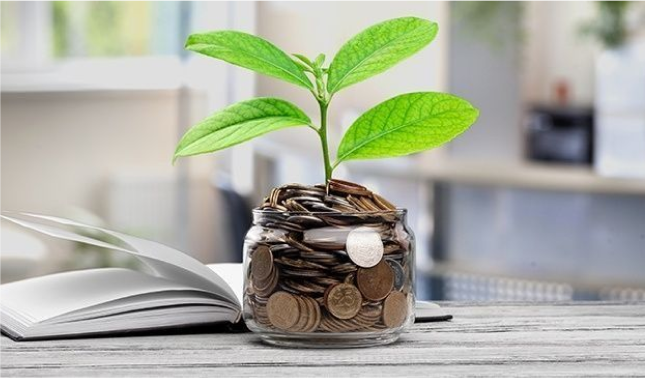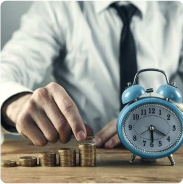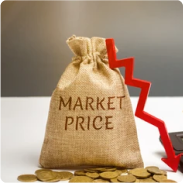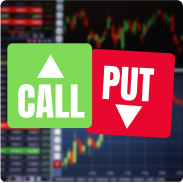Knowledge Centre
Basic Terminologies of Bond

What is bond
- Bonds refer to debt instruments that enable an entity to raise funds and fulfil the capital requirement.
- A Bond is a fixed income instrument that represents a loan made by an investor to a borrower.” In simpler words, a bond acts as a contract between the investor and the borrower.
- Most companies and Government Issue bonds and investors buy those bonds as a savings and security option.
- Companies sell bonds to finance on-going operations, new projects, or acquisitions. Governments sell bonds for funding purposes and supplement revenue from taxes. When you invest in a bond, you are a debt holder for the entity that is issuing the bond.
Bond represents
Eg:- 7.57% STATE BANK OF INDIA 2037 TIER II Maturity 23/09/2037 Call Option:23/09/2032

COUPON RATE
It refers to the periodic interest payments that are made by the issuer to the investor and are expressed as a percentage of the face value. Example: – 7.57%

MATURITY DATE
It refers to the date on which the bond matures, or the date on which the borrower has agreed to repay (redeem) the principal amount to the lender. Example:-23 Sept 2037

PAR OR FACE VALUE
An amount of money that is to be paid to the bondholders at the maturity. Example:- Rs. 100 or Rs. 1000 or Rs. 10 Lakhs etc.

PRINCIPAL
It is the amount that has been invested. Example: – Rs. 50 Lakhs

MARKET PRICE
The current price the bond is selling for in the market. Example:-Rs. 100.25 or 98.25

CALL OPTION AND CALL DATE
The call option provides the issuer the right to redeem a bond before its maturity date. If interest rates decline, the issuer will prefer to redeem and re-issue the bonds at a lower rate and hence in all likelihood likely to exercise the call option. For bonds that are callable, i.e., bonds that can be redeemed by the issuer prior to maturity, the call date represents the date at which the bonds can be called. Example: 23 September 2032 is a call option date implies issuer can redeem the bond on 23 September 2032, if he wants to or else it will get redeemed automatically on the maturity date.

PUT OPTION AND PUT DATE
A put option provides the investor the right to sell a low coupon-paying bond to the issuer, and invest in higher coupon paying bonds, if interest rates move up. For bonds which are puttable, i.e., bonds which can be redeemed by the investor of such bonds prior to maturity, the put date represents the date at which the bonds can be put. Example: 23 September 2032is a put option date implies the investor can redeem the bond on 23 September 2032, if he wants to.
• YIELD TO MATURITY
The rate of return that an investor would earn if an investor buys the bond at its current market price & held it until maturity, Represents the discount rate which equates the discounted value of a bond’s future cash flows to its current market price. This is the most scientific tool used while valuing the bond securities
• YIELD TO CALL
The rate of return an investor would earn if an investor buys a callable bond at its current market price & hold it until the call date
• YIELD TO PUT
The rate of return an investor would earn if an investor buy a puttable bond at its current market price & hold it until the put date
• CURRENT YIELD
Nowadays current yield is no longer used as a standard yield measure, because it fails to capture the future cash flows, re-investment income and capital gains/losses on investment return.
• ACCRUED INTEREST
If a coupon bearing security is traded between two coupon dates, the buyer has to compensate the seller by paying him that part of the interest which is due to him for the period for which he has held the security after the immediately preceding coupon date.
• DIRTY PRICE
If the bond is traded between two coupon dates, the buyer of the bond will have to compensate the seller for that part of the period between coupons for which the seller owned the bond. The price arrived at after adjusting this factor (Accrued Interest) is called the Dirty Price.
• CLEAN PRICE
The price arrived at without adjusting the accrued interest component is called Clean Price.